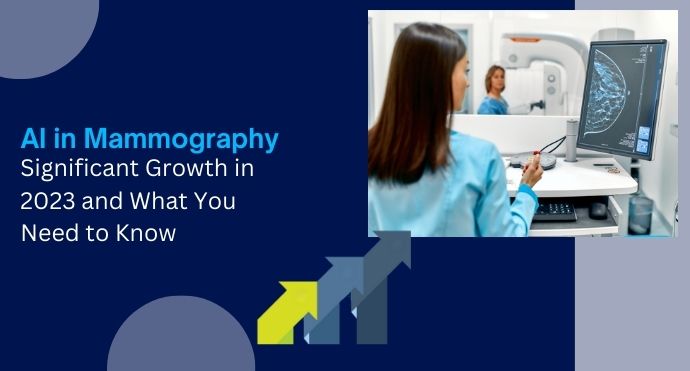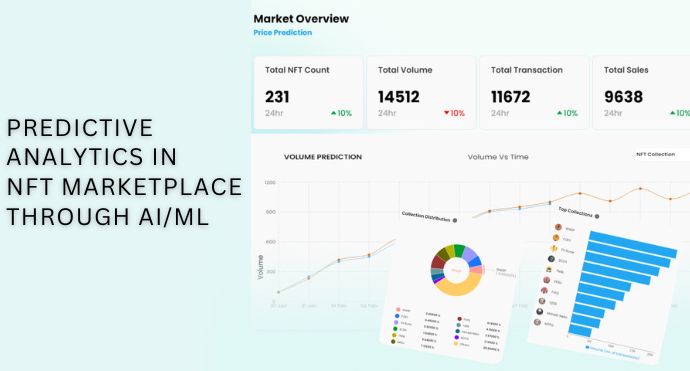Artificial intelligence (AI) is rapidly transforming many industries, and healthcare is no exception. AI is being used to develop new and innovative ways to diagnose and treat diseases, and it is also being used to improve the efficiency and accuracy of existing medical procedures.
One area where AI has a major impact is mammography. Mammography is a low-dose X-ray of the breast that is used to detect breast cancer early. AI-powered mammography systems are able to analyse mammograms much more quickly and accurately than human radiologists, and they can also help to identify suspicious areas that the human eye may have missed.
The growth of AI in the mammography market
~ The global AI in mammography market is expected to grow at a CAGR of 11.19% from 2023 to 2029.
~ The market is expected to reach $2.8 billion by 2029.
~ The growth of the market is being driven by a number of factors, including the increasing prevalence of breast cancer, the growing awareness of the importance of early detection, and the development of new and innovative AI-powered mammography tools.
AI-powered tools for better detection and diagnosis in 2023
AI-powered breast tomosynthesis (DBT) systems: DBT is a type of 3D mammography that is more accurate at detecting breast cancer than traditional 2D mammography. AI-powered DBT systems can further improve the accuracy of DBT by automating the detection of suspicious lesions.
AI-powered computer-aided detection (CAD) systems: CAD systems are software programs that help radiologists to interpret mammograms. AI-powered CAD systems can be used to flag suspicious lesions for the radiologist’s review.
AI-powered breast density analysis systems: Breast density is a risk factor for breast cancer. AI-powered breast density analysis systems can be used to accurately assess breast density, which can help radiologists interpret mammograms better and identify women at high risk for breast cancer.
Some of the ways that AI is being used to improve mammography include:
Identifying suspicious lesions: AI-powered systems can be trained to identify suspicious lesions on mammograms with greater accuracy than human radiologists. This can help to ensure that all potential cancers are detected early when they are most treatable.
Reducing false positives: AI systems can also be used to reduce the number of false positives in mammography. False positives can lead to unnecessary biopsies and other procedures, which can be stressful and anxiety-provoking for patients.
Improving the quality of mammograms: AI systems can be used to improve the quality of mammograms, making it easier for radiologists to interpret them. This can lead to more accurate diagnoses and better patient outcomes.
AI in mammography: The future is bright
The growth of AI in the mammography market is good news for patients. AI-powered mammography tools have the potential to improve the accuracy, efficiency, and accessibility of mammography screening, which could lead to better outcomes for breast cancer patients.
For example, AI-powered mammography tools can help to:
~ Improve the detection rate of breast cancer, especially in the early stages when it is most treatable.
~ Reduce the number of false positives, which can lead to unnecessary biopsies and other procedures.
~ Make mammography screening more accessible to underserved populations.
Conclusion:
AI is rapidly transforming the field of mammography. AI-powered mammography systems offer a number of benefits over traditional mammography methods, including increased accuracy, efficiency, and reduced wait times. However, it is important to note that AI systems are still under development, and they should not be used as a replacement for human radiologists.



